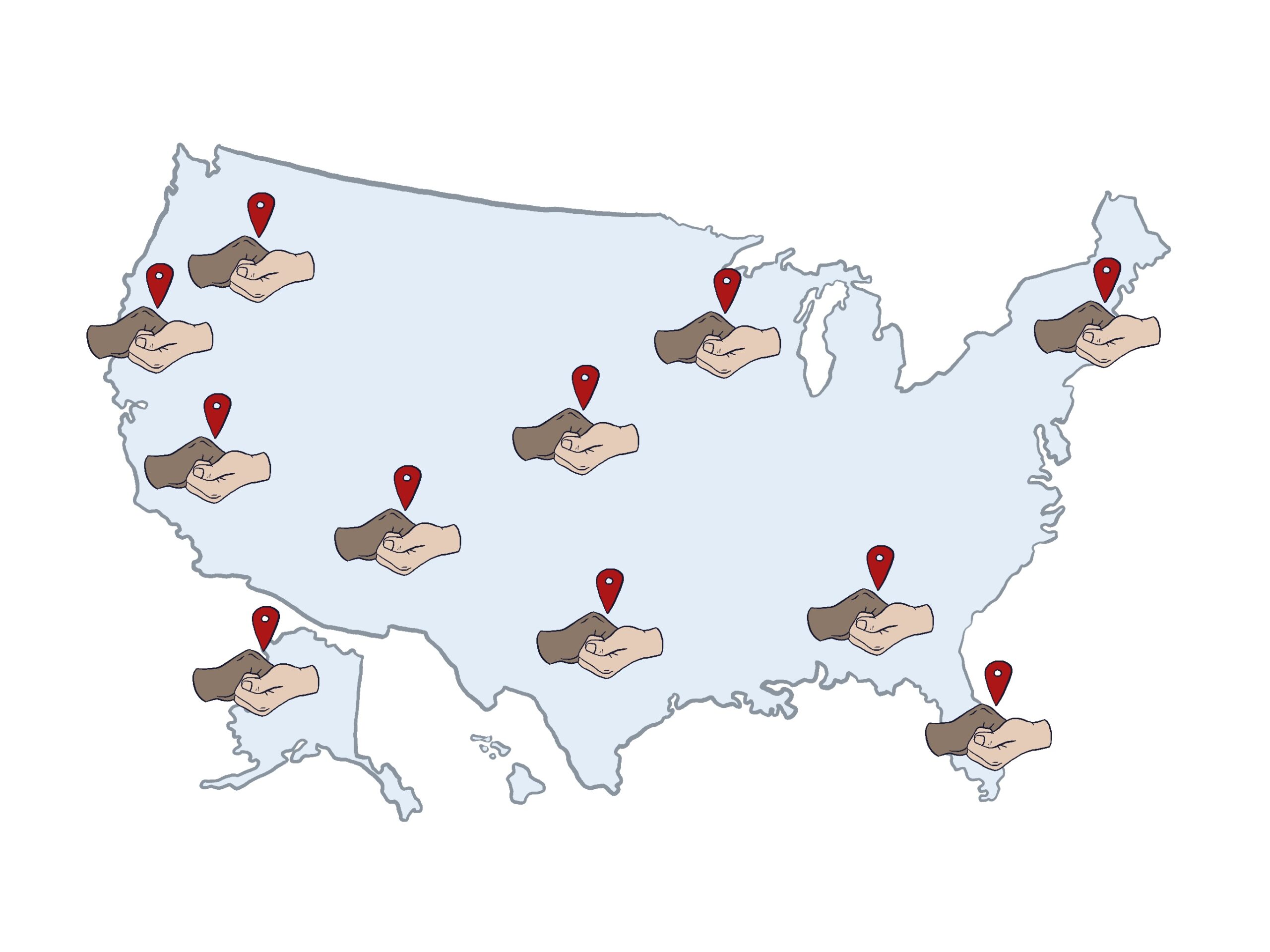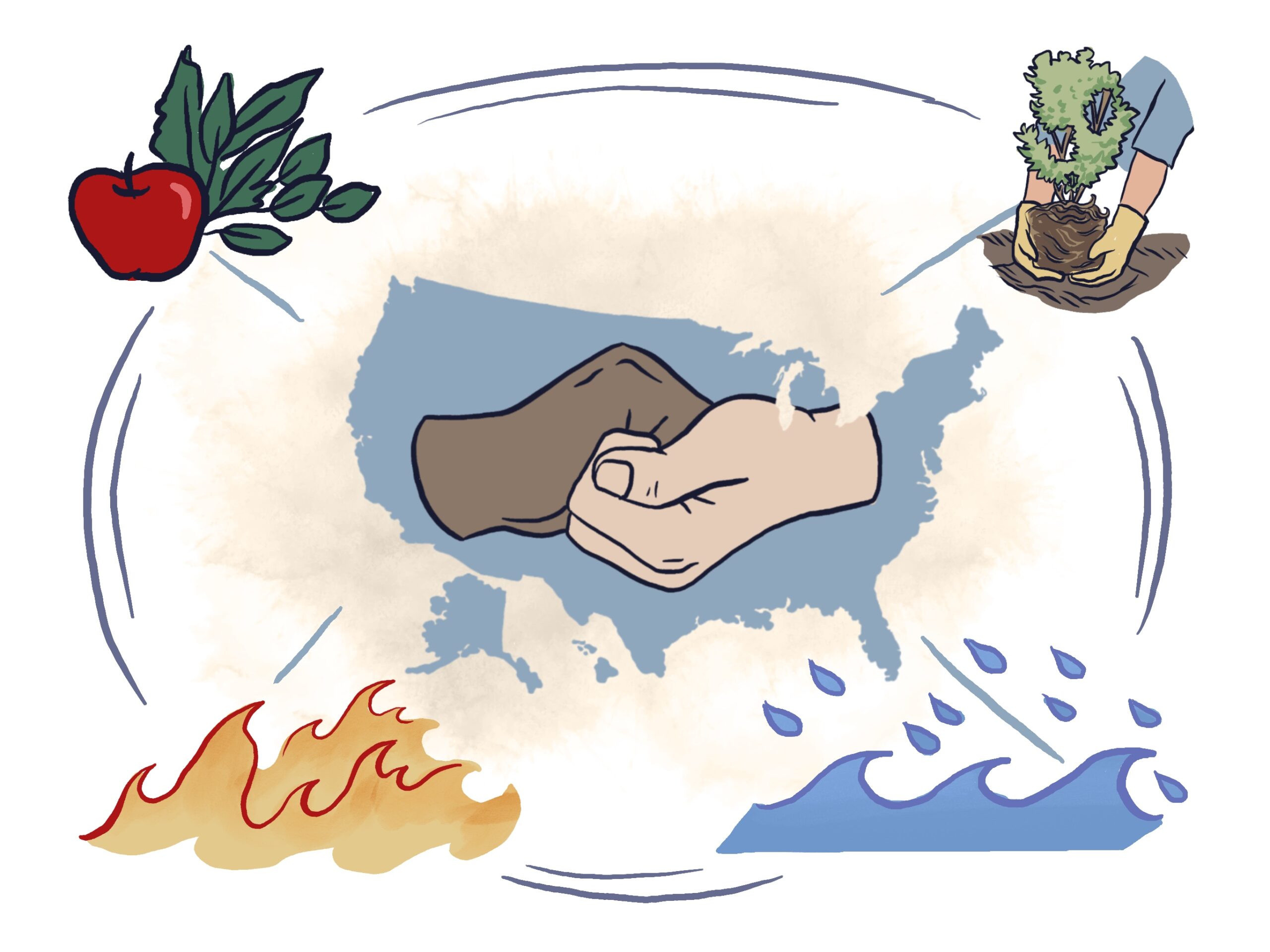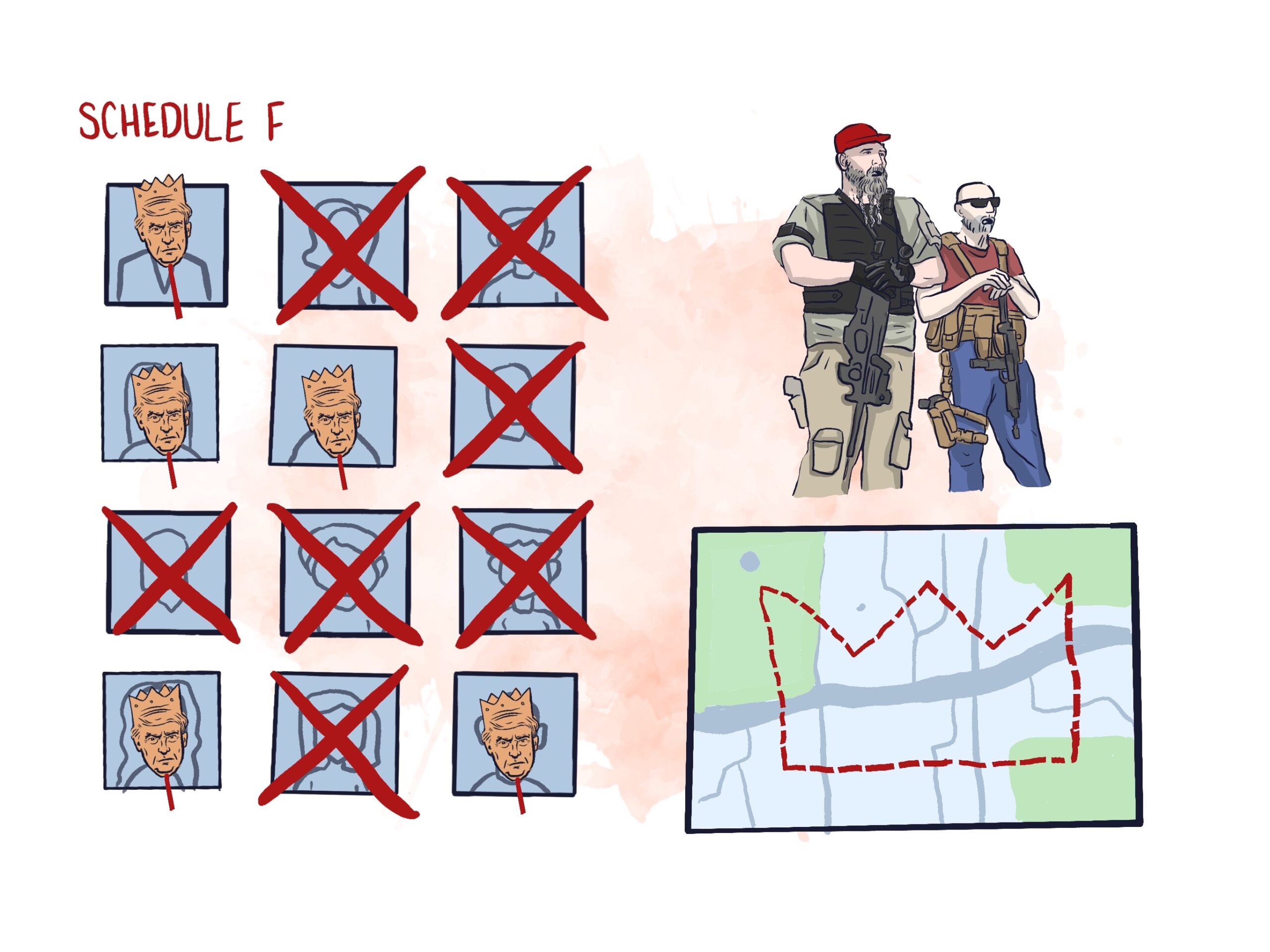You connect with other mutual aid groups across the country. Each is set up in a different way — some with extremely flat hierarchies and some even with semi-paid staff. You don’t want to change how they operate, but you begin networking them to see their interconnections and help the nation see how mutual aid is holding together the fabric of society.


You launch a national Mutual Aid Network. Like when your local plant closes, people share needs and offerings and step up quickly. Sometimes it morphs into a climate and disaster relief service, almost like a decentralized, community-resourced Red Cross. When your community gets hit by climate change-fueled fires, you are able to raise funds nationally to ship community-sourced materials that the local community helps distribute. When the Mississippi River floods dozens of berms, you network with local mutual aid groups. You explain in one national interview, “We’re showing that people can help other people. It’s by mutuality that we evolve and grow — not by division.”
Over the next year, you see small political changes around you. But it feels like barely a dent amidst the national scene. Despite lower poll numbers, Trump continues filling the government with his loyalists. The courts eventually approve his Schedule F reclassification — 50,000 government workers are now being systematically replaced by Trump loyalists. Bureaucratic fights rage across many institutions. Trump installs judges across the country who gerrymander election maps in multiple states to give Republicans long-term power. But your heart tears as you see the language of fear and violence growing: immigrant communities terrified by right-wing militia patrols, increased violence against peaceful protestors, attacks on emissions standards, and exaggerated calls for political arrests.

